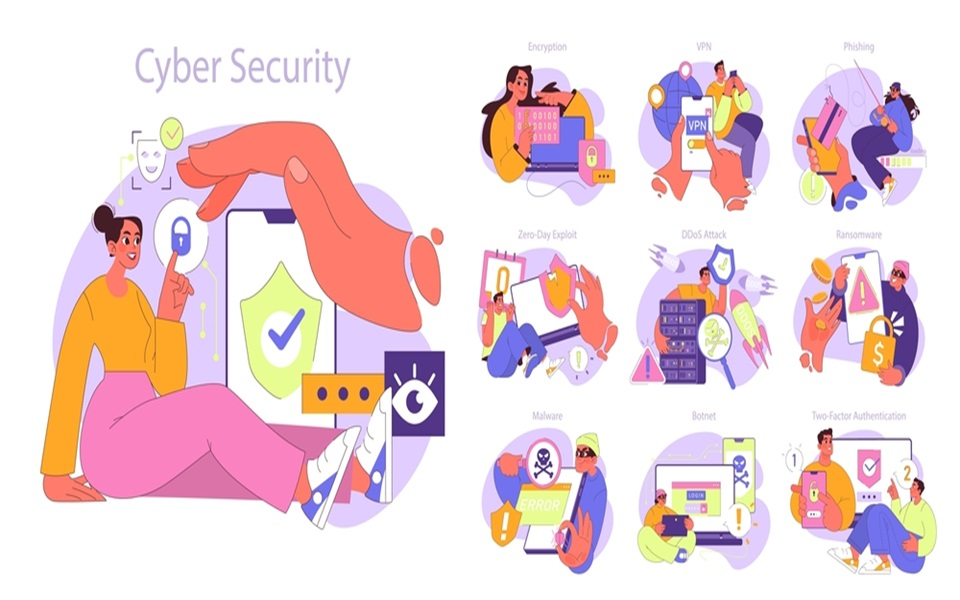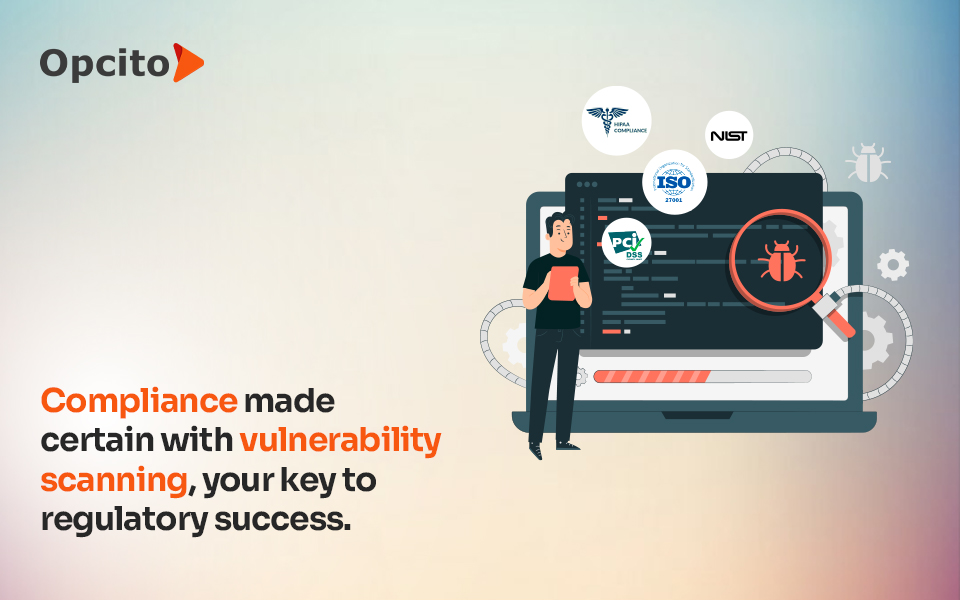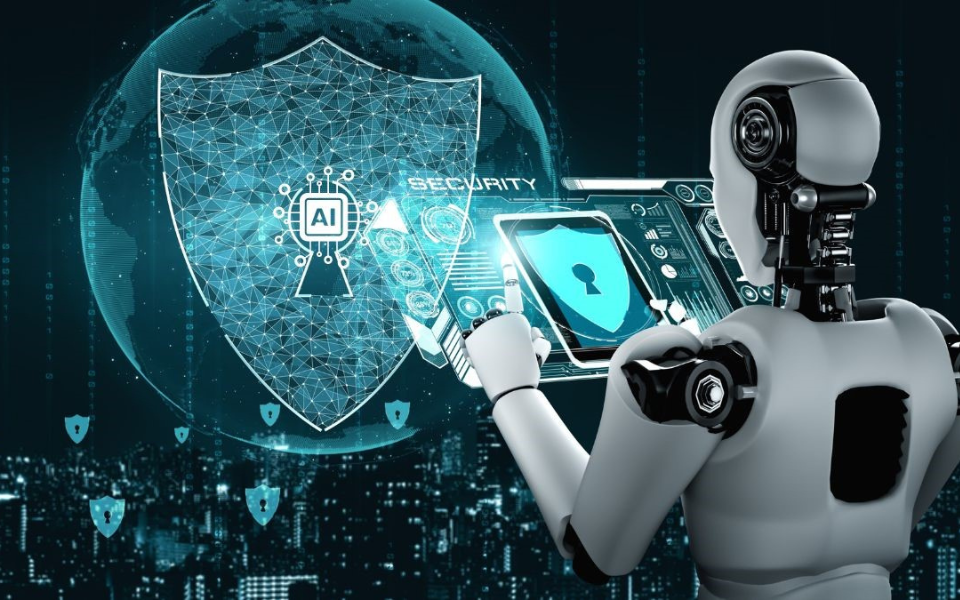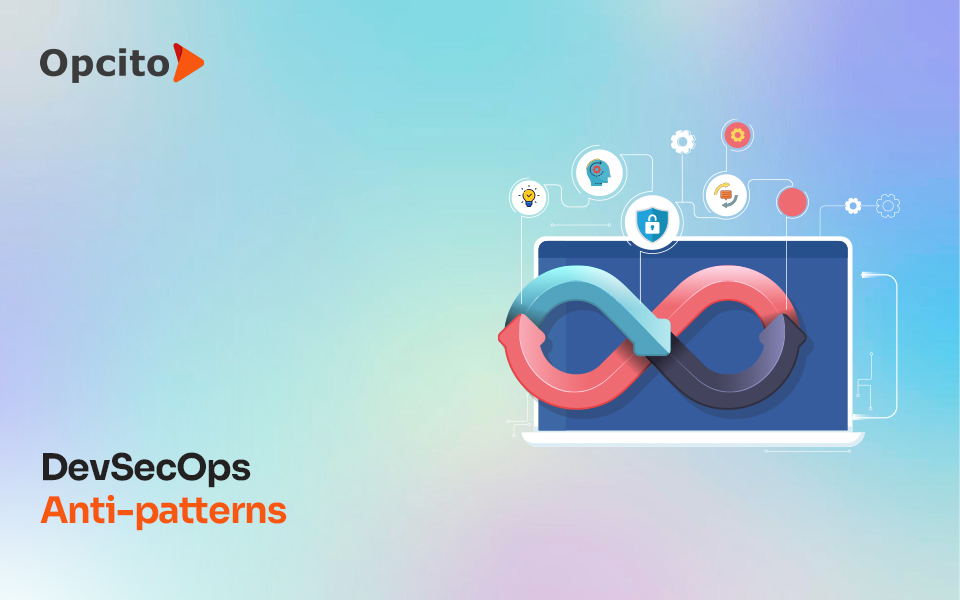In today's hyperconnected world, the Internet of Things is reshaping our lives. IoT devices are connected to everything that we perform daily, whether they are in the form of smart homes or industrial applications, and hence they provide the most comfort and efficiency. However, just like any other technology, this incredible connectivity brings with it an increasing number of cybersecurity issues that put our data at risk.
Each IoT gadget, be it a smart thermostat or a connected car, is a possible ingress point for a cybercriminal. Most of them are exposed to the danger of an attack due to their security vulnerabilities. Studies have found that IoT devices with existing vulnerabilities increased by 136% in 2024 from the previous year with industrial robots being the main concern area. So, as technology progresses, businesses must know how to safeguard personal and corporate data from hackers.
In order to secure data in this connected environment, cybersecurity service companies and individuals should implement proactive strategies. This article discusses the most pressing issues in IoT security and gives recommendations on what to do to protect our interlinked world.
Understanding IoT and Its Impact on Cybersecurity
The Internet of Things connects everyday devices like smartphones and home appliances to the Internet allowing them to communicate with each other. The network, which exists on the one hand, represents ease and effectiveness in our everyday lives, but on the other hand, it turns into a "door" for cybercriminals to enter and steal private information. Since most of the devices are connected to the internet, the probability of cyberattacks has increased which has resulted in the exposure of personal and confidential data.
The IoT fear is no longer restrained to start-ups but has also permeated established businesses in different sectors like healthcare, manufacturing, and construction, the hazards of which have amplified. Hence, the safe-keeping of smart gadgets is the initial step to ensuring the safety of the information they obtain and transmit. The absence of security measures can change the nature of technology initially intended to improve our lives into a dangerous instrument.
Major Cybersecurity Challenges in IoT
The growth of IoT is a cause of concern for many when it comes to cybersecurity, especially when key cybersecurity KPIs are not met. Most devices do not have security measures in place which makes them vulnerable to hackers. Data breaches, ransomware attacks, and cyber threats are made easy due to their weak encryption, outdated software, and non-adherence to industry standards. With IoT's development, there is an increased danger of large-scale attacks as well such as data breaches and ransomware. Tackling these issues is crucial for savings for individuals and businesses in an ever-connected world. Here are some cybersecurity challenges we will be looking into for more details.
1. Inadequate Security Measures
Manufacturers usually give priority to the production of useful gadgets and to the convenience of consumers, rather than strong security. In this way, they ignore the calls of the ultimate security experts. As a result, many people become aware of various privacy and security issues in cyberspace. The absence of solid encryption and software updates makes it easy for hackers to break into the system and this can lead to serious problems like data leaks and even breaches into bigger networks. Therefore, the aimed IoT device protection organizations training is obligatory if you are looking for the safety and avoidance of folks' harm.
2. Lack of Standardisation
One of the prime issues in IoT safety is the absence of standardization. Different manufacturers follow different security policies; as a result, devices are not equally protected in terms of security. Furthermore, the security also depends on the company facilitating IoT devices to homes, IoT app developers, and the industries for which the IoT devices are being made.
It is one of the reasons why certain devices are more vulnerable to cyberattacks than others.
Further, it is difficult to achieve the same level of security if there are no common security standards for all IoT devices. This inconsistency creates gaps that hackers can easily exploit. Hence, the first step to facilitating the security of the ever-growing number of connected devices is to come up with common security regulations.
3. Data Privacy Concerns
IoT mobile apps and devices are responsible for gathering tons of delicate data like those regarding personal behavior in smart homes and safety practices in factories. This data, if not properly secured, can easily fall into the wrong hands, leading to significant privacy breaches.
Many IoT devices come without any suitable, strong encryption and security measures and thus we need to protect our sensitive information from them. No proper protections and unwarranted entry can let through the disclosure of private and commercial data, which may lead to disasters. Thus, the prioritization of data privacy in IoT systems is of utmost importance for the protection of users, which further leads to trust in a connected world.
4. Complexity of IoT Ecosystems
The complexity of IoT ecosystems is a big cybersecurity issue. Due to the connections of countless devices to various networks and applications, there’s a web of interdependencies that can create vulnerabilities. A compromised device affects the whole system endangering sensitive data.
Additionally, the sky-high number of IoT devices brings monitoring and managing security issues to a new level. Every equipped gadget has a different issue of its own, which makes the whole thing even more confusing. For this reason, the shortage of security measures gained more weight across the board. Therefore, our first step in threat prevention will be to make interconnections less complicated and more secure.
5. Insecure Communication Channels
Weak channel communication comes with a lot of risks that threaten end-user devices and their networks. Cybercriminals are constantly looking for opportunities to inhale the data that is being transmitted over unprotected channels like public Wi-Fi networks and unsecured internet providers. By way of these weaknesses, data theft, illegitimate use of resources, and even severe assaults on other connected systems can be possible.
Encryption and authentication are the most important things that organizations should do to overcome these problems. Security holes can also be prevented by periodically updating and patching IoT devices. Apart from this, applying network segmentation and constant monitoring can additionally secure the communication channels to a certain extent. By doing these things, companies can protect their important data and that way, they can also be more secure overall.
6. DDoS Attacks and Malware
DDoS attacks and malicious software are dire issues for IoT devices which frequently lead to huge malfunctions and losses. To give an example, the Mirai botnet DDoS attacks which break the networks and the services of the devices used to be huge. Moreover, Stuxnet malware has been targeting critical infrastructure mostly, and it has caused a lot of harm to systems.
A strong security approach should be the first and foremost step for organizations in the battle against these dangers. The implementation of strong authentication and encryption to fix vulnerabilities is the key. Moreover, IoT network monitoring is the best way to find and fix the problems before they become a bigger risk and to confirm that the devices and systems are secured and functioning properly.
Ensuring Data Safety in IoT: Solutions and Best Practices
Let us dive into the effective ways and best practices concerning data safety in the Internet of Things. These are some of the measures that businesses and developers can deploy to secure and bolster the safety of on-site and cloud-stored data.
1. Up-to-date encryption and access control
Maintaining data safety in IoT requires robust encryption and strict access controls. This ensures sensitive information remains secure from cyber threats.
Encryption in Motion and Storage: Organizations should use encrypted data at the time of its transfer and storage. Thus, it becomes a cipher or a set of algorithms that is readable only with legitimate keys even in the case of a successful breach.
Multi-Factor Authentication: It is also a good idea to use multi-factor authentication for security. This strategy necessitates customers to offer further confirmation, thereby making it less likely for intruders to enter.
Role-based access control (RBAC): By implementing RBAC, data access can be strictly controlled so users can only have appropriate access according to their roles. This approach limits loss if only those who were allowed to access the information could view it.
Through these initiatives, organizations will largely increase their productivity in data protection.
2. Threat detection and incident response
Defense against possible threats and incident response are without a doubt crucial for the protection of IoT systems. Quick action, on the other hand, enables organizations to recognize and solve security issues before they become serious ones.
Real-time Monitoring: Employ systems that always observe the traffic on the network and the activities of devices. This way allows the immediate detection of suspicious actions permitting a rapid response to a possible attack.
Planning for Incident Response: Ensure that clear procedures for system treatment security are in place. A good plan enables a quick and effective way of the solution of the problem, thus, minimizing the damages and normal activity resuming as usual.
Regular Vulnerability Assessments: Conduct penetration testing to find the weak points of your system. The hackers won't be able to use the first tactic if the cemeteries are blocked.
These methods help companies to improve their ability to face cyber threats.
Conclusion
In this interconnected world, the protection of data in IoT devices is a top priority. On the one hand, as we get used to smart gadgets, the tendency for cyber-attacks increases. Thus, the adoption of adequate safety measures to guarantee security is of great importance. Through enforcing measures such as using robust encryption, seeking to stay current with software by regularly updating, and setting up reliable access controls we are making the data more secure. Furthermore, the responsibility of cybersecurity is not only of manufacturers or users; it is a common commitment. If security becomes a top priority for all, IoT will turn into a true blessing for us without endangering everyone’s privacy and safety.























